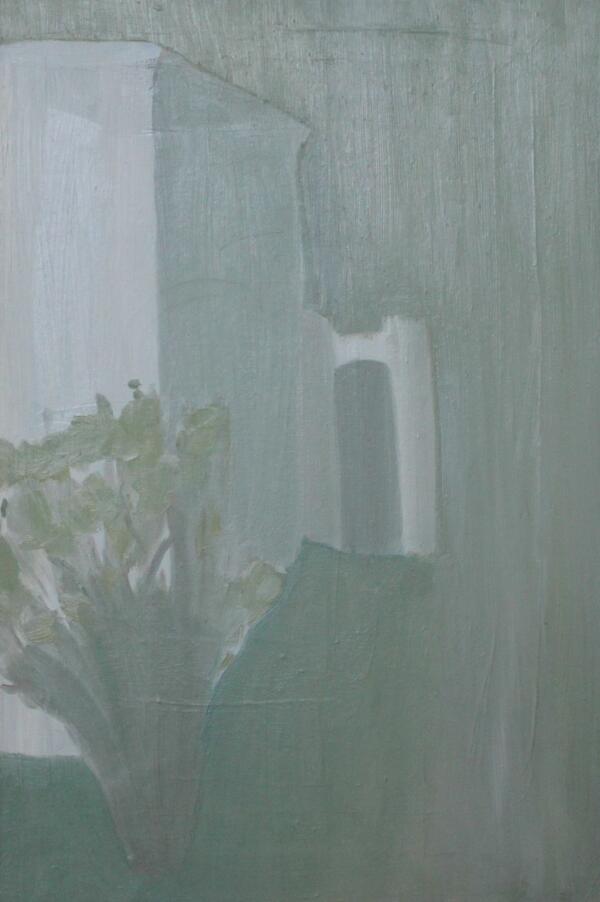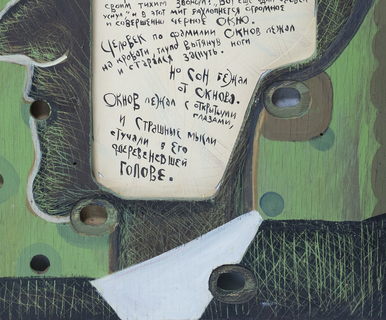Pavel Alexandrovich Belyaev was born in 1955 in the village of Sushchevo near Kostroma. At the age of six, he was struck by the bright color of blue clay that he found in the river. According to the artist, it was since then that he “began to see color”.
In 1978, Pavel Belyaev graduated from the Art and Graphic Faculty of the Nekrasov Kostroma Pedagogical Institute. During his first year, his work was praised by the teacher Yuri Vasilyevich Gorbunov. It was he who gave the student the nickname “painting eye”. Soon the teacher left the university but Belyaev considered his communication with Gorbunov to be the cornerstone of his artistic development.
In the late 1970s, Pavel Belyaev, together with two artist friends, Alexander Sergeevich Bekasov and Nikolai Alexandrovich Kasatkin, formed a group. They were brought together by their spiritual freedom, common interests, an aspiration to perceive reality in general philosophical and aesthetic aspects, and a passion for semi-abstract painting.
The driving force behind Belyaev’s imagery most often stemmed from nature. The artist first looked at the landscape, then observed it from within, and finally began to transfer his vision onto the canvas, removing details and everything he considered secondary, temporary and superfluous.
The artist believed that the main purpose of his work was to convey the state and mood, which arised from this or that motive, through the color scheme. Most often, the resulting color palette came out restrained, but invariably refined. For him, it was important to draw the viewer’s attention to the centerpiece of his work, be it a fern, a lily of the valley in the garden or a fence flooded with sunlight. In this painting from 1991, he depicted a white building, a tree and a lawn in a schematic style. The color of the painting is dominated by gray-green tones.
Pavel Belyaev’s
classmate Vladislav Kovalyov noted:




